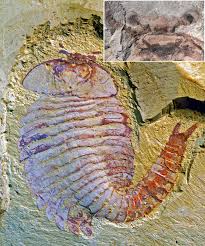By: Rachel Chen
Recently, scientists discovered the fossil of a tiny worm that lived 520 million years ago. Many have called this finding an “almost impossible discovery.” The fossil was found in China with all of its organs fully intact.
The special fossil was preserved very well over the past half a billion years, despite the fact that worms are very fragile and delicate. This fossil is said to be a great explanation for how insects evolved over time.
The newfound worm was furthermore a larva, a younger version of a worm. Instead of only having adult fossils to study previously, scientists have a better understanding of how the worm evolved from a larva.
Youti Yuanshi, the name of the worm, was claimed to be “something special” by Dr. Martin Smith, the author of a paper about the worm.
The worm is an early relative of arthropods, which is a group of insects. Getting the fossil of an arthropod from so long ago is rare. Dr. Smith told Newsround, “The exciting thing about this fossil is that you can see all sorts of internal details.”
With the new fossil, precise 3D images were created of the worm. These pictures were created using the equipment at the Diamond Light Source facility in Oxfordshire which uses beams of light to help create 3D images. With this method, all of the worm’s organs were clearly seen, as well as the brain and nervous system. This research also helps Dr. Smith figure out the organ systems of other insects such as butterflies as well.
Dr. Smith said, “When I used to daydream about the one fossil I’d most like to discover, I’d always be thinking of an arthropod larva. But larvae are so tiny and fragile, the chances of finding one fossilised are practically zero – or so I thought.”











